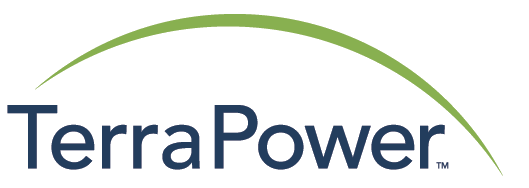Part 1 of 2 Parts
TerraPower is backed by Bill Gates and the U.S. Department of Energy (DoE). It plans to construct the pilot “Natrium” liquid-sodium-cooled nuclear energy plant in Kemerer, Wyoming. TerraPower hopes that its success will spur the deployment of Natrium and other small nuclear reactors (SMRs) around the world.
The next-generation nuclear technology presents a variety of considerations for the Nuclear Regulatory Commission (NRC). It would also be the first industrial nuclear facility in Wyoming. The local people have many questions including whether or not the NRC takes seismic activity into account, when the spent nuclear fuel be shipped to a permanent storage facility and, will there be regular NRC inspections.
Senator Dan Dockstader (R-Afton), however, shares another concern that is front and center for locals who are eager for the economic boost that developers promised: Can the NRC accelerate the approval process “if you get the right people into place?” He said, “I’m running out of time planning and creating legislation to make sure this all comes together.”
Dockstader was among more than one hundred local residents who came to the NRC’s two information in Kemmerer recently. The NRC sent a dozen staff member to this isolated southwestern Wyoming town of two thousand four hundred to take questions about what many anticipate will be an expedited review process.
TerraPower and its contractors have already drilled more than a hundred boreholes in Kemmerer to help “investigate” the suitability of the chosen location, according to the company. It plans to begin building the sodium testing facility and other non-nuclear portions of the three hundred forty-five megawatt Natrium nuclear reactor plant in 2024.
The new commercial nuclear power plant will be “co-located” next to PacifiCorp’s Naughton power plant just outside Kemmerer. One coal-burning furnace at the plant was converted to nuclear gas. The two remaining coal-burning units will be converted to natural gas in 2026.
Before TerraPower can start assembling the nuclear components, however, it must complete a licensing application that can pass the NRC’s review process. There will be several opportunities for the public to weigh in on the proposal. The NRC expects to receive TerraPower’s application and begin the official process in March.
William Jessup is NRC’s Chief of Advanced Reactor Licensing. He said, “Now is an opportune time to conduct this initial outreach and to explain the analysis process of reviewing applications for construction and operation.”
Natrium uses molten sodium as a coolant instead of water. Although the NRC is developing a new review process specific to “advanced” reactors such as Natrium, TerraPower has tentatively agreed to seek approval via the long existing “Part Fifty” review. It includes multiple review tracks, each with safety and environmental components. One review considers a construction permit. A second review considers an operating license. The process requires the NRC to produce an environmental impact statement. All of the reviews include public input and multiple opportunities for the normal administrative and legal challenges that come with bit federal permitting activities.
Please read Part 2 next
